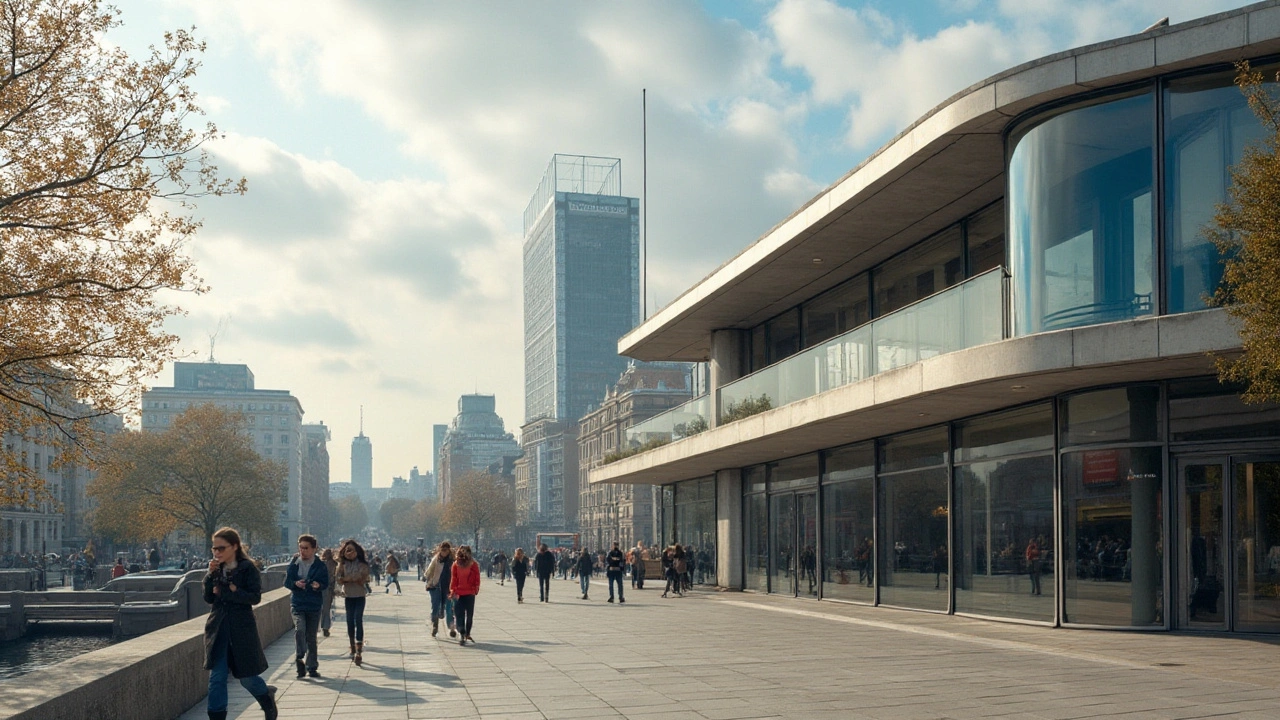International Style is a globally recognized architectural and design movement that emphasizes open interior spaces, industrial materials, and simple, clean lines. Originating in the 1920s and 1930s, it has significantly influenced structures worldwide, leaving a mark on both public and private buildings. This style is known for its versatility and how it adapts to diverse cultural aesthetics. By exploring its key elements, one can appreciate its impact on modern design and architecture. This article delves into the origins, characteristics, and influence of International Style, offering insights into its enduring appeal.
Global Design: A Practical Guide to Styles That Built the World
Buildings hold clues about who made them, why, and when. Want to read those clues without a degree? This tag page pulls together clear, short guides on major global design movements—so you can spot Greek columns, Beaux-Arts facades, or neo-futurist curves on the street or in a photo.
Use this page as a map. Each linked article covers one style: history, key features, and quick tips to recognize it. Below are the main families of design you’ll meet, with short, useful cues you can remember on the go.
Quick ID cues for major styles
Ancient and classical: Look for heavy masonry, arches, domes, and symmetry. If you see a dome or a rounded arch with large stone blocks, think Roman or Greek Revival. Greek Revival favours plain white columns and pediments; Roman work often uses vaults and concrete innovations.
Renaissance and Revival styles: These bring balance and human-scale detail. Renaissance buildings show clear symmetry, classical orders, and proportional windows. Revival movements—Georgian, Renaissance Revival, Colonial—borrow those rules but mix local materials and motifs. Spot a brick façade with symmetrical sash windows? That’s often Georgian.
Baroque and Beaux-Arts: Drama and ornament. Baroque uses curves, heavy decoration, and theatrical spaces. Beaux-Arts takes classical grammar and turns it grand—think sculpted facades, grand stairways, and formal urban placement. If a building looks staged for a ceremony, it’s probably in this family.
Modern movements: Bauhaus, Constructivism, International Style, and Mid-Century Modern strip ornament away. They favor function, clean lines, and new materials. Glass, steel, and concrete dominate. If you see flat roofs, open plans, or ribbon windows, you’re in modern territory.
Where to look, and what to read next
If you love ornament and history, start with our Beaux-Arts and Colonial posts. Prefer sharp, new shapes? Read the constructivist and high-tech articles. Want a taste of the future? Neo-futurism pieces show where design is heading.
Practical tip: when you spot a building you like, note three things—shape, material, and decoration. Shape tells era (domes vs. boxes), material hints at technology (stone vs. steel), and decoration reveals cultural intent (plain vs. ornate). Use those three notes to pick a post from this tag and learn the full story fast.
We keep the posts short, visual, and focused on real-world spotting tips—no long theory. Scroll the list, open a style that catches your eye, and you'll get history, standout examples, and quick ideas for how that style influences modern design. Happy exploring—your next city walk just got a lot more interesting.

